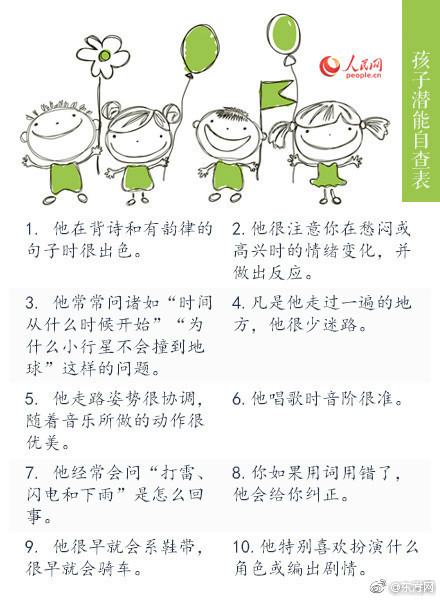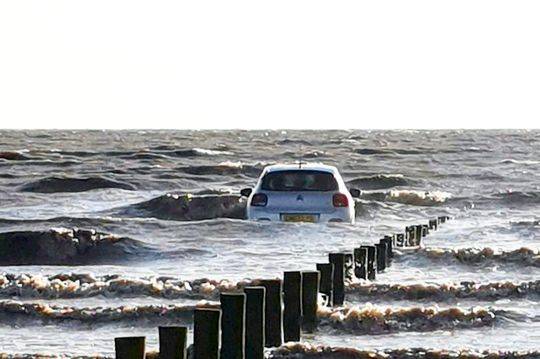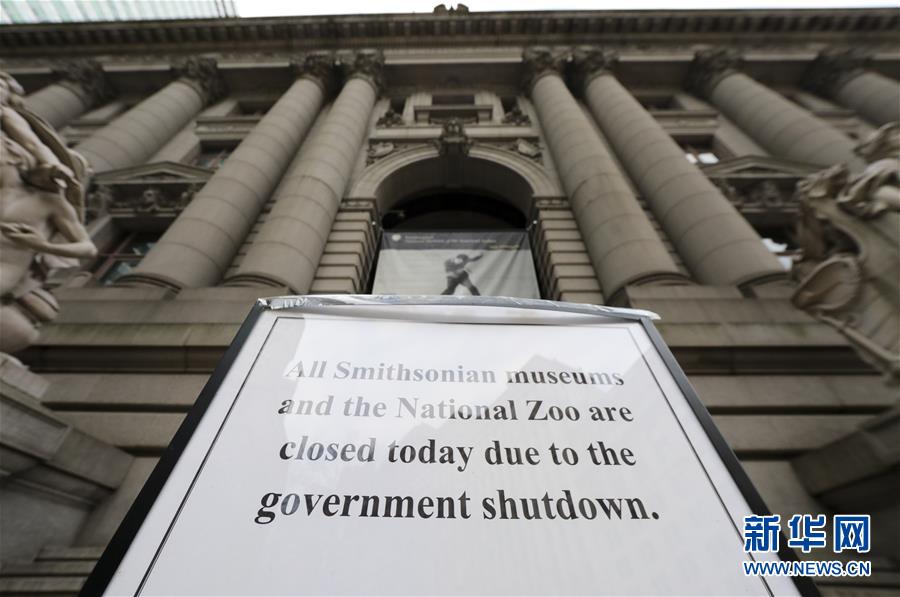
General engines have an economic speed range, and keep the engine speed at It can be within the economic speed range. The general engine only needs to be kept between 2000 and 3000 rhs per minute.
Most enginesBasically, there are economic speed ranges, as long as the engine speed is kept within the economic speed range. Most engines can rotate from 2,000 to 3,000 per minute.
Usually, the speed is also between 1,000 and 3,500. Between 3,000 rpm, the output torque of the car engine is large, and then it is inversely proportional to the speed. The usual engine idles 1,000 rvel, and after starting, it reaches 1,500 rive. If the speed does not exceed 15, it will be changed to 2nd gear, and then the gear will basically be upgraded to 2000 rp, until the highest gear.
The maximum speed of ordinary family car engines is 6500-7000 rpm, and the maximum speed of some performance cars can reach 8000-9000 rpm. If the engine runs at too high a speed for a long time, it will increase fuel consumption, resulting in excessive engine temperature and aggravating wear.
First of all, different types of engines have different optimal speed ranges. For example, the optimal speed range of diesel engines is generally low, usually between 1500rpm and 3000rpm. The optimal speed range of gasoline engines is relatively high, generally between 2500rpm and 4000rpm.
Usually, the engine has an economic speed range, so it is enough to keep the engine speed within the economic speed range. The engine usually only needs to be kept between 2000-3000rpm. Usually, the maximum engine speed of family cars is 6500 to 7,000 rm, and some performance cars can reach 8,000 to 9,000 rm.
Car tachometers 2200 to 2500 are normal. Generally speaking, the tachometer is divided into several areas. The white scale area is the safe speed range, the red scale part is the dangerous speed range, and some models are also divided into green areas, which indicates that the speed is the more economical range of the engine.
It is normal for the engine tacometer to be between 1000 and 3500. The engine output torque is the largest at about 3000 rpm, and then it is inversely proportional to the speed. The general engine idles at 1000 rm, and after starting, it reaches 1500 rm. If the speed does not exceed 15, it will be changed to 2nd gears. In the future, the gear upgrade will basically be 2000 runs until the highest gear.
The normal value of the engine speed when the car is running is between 2000 and 3500r/min;The normal engine speed at idle speed is between 600 and 900r/min, and the engine speed of the vehicle will also be different in different states. Just compare according to the above range.
It is normal for the engine tachometer to be 2200-2500. The car has a speed indicator, so the speed of the car can be controlled by yourself. During driving, the engine speed of the car is about 2200-2500. No matter which gear is hung, the engine speed will remain at about 2200-2500. Speeding will increase the ineffective fuel consumption and damage the engine.
The speed is normal between 1000 and 3500. The engine speed is at 1000 to 3500 rm, and the speed in this range will not cause harm to the engine.
The Tuguan tachmeter 2200-2500 rpm is normal.When the vehicle starts, the engine speed will reach about 1200-1500 rv, because the low speed will easily turn off when starting; when the engine is in normal condition, the engine speed will drop, generally around 800 rp; when changing gears, it is generally around 2000-2500 rv.
1. Usually, the engine has an economic speed section. It is enough to maintain the engine speed within the economic speed section. The usual engine only needs to be maintained at 200 Between 0 and 3000 turns per minute is fine.
2. Ordinary engines have an economic speed range, so it is enough to keep the engine speed within the economic speed range. Ordinary engines only need to be kept between 2000-3000 rpm.The maximum speed of the general family car engine is 6500 to 7000 rp, and the maximum speed of some performance cars can reach 8,000 to 9,000 rp.
3. Most engines basically have an economic speed range, as long as the engine speed is kept within the economic speed range. Most engines can rotate from 2,000 to 3,000 per minute.
4. The maximum speed of the engine of a general family car is 6500-7000 rpm, and the maximum speed of some performance cars can reach 8000-9000 rpm. If the engine runs at too high a speed for a long time, it will increase fuel consumption, resulting in excessive engine temperature and aggravating wear.
5. The speed of most family cars is about 6,000 rpm, which is the red line area. MajorityManufacturers will set up computers to cut off the oil before the travel limit to prevent drivers from speeding in dangerous areas, which is also to protect the engine.

AI-driven trade data analytics-APP, download it now, new users will receive a novice gift pack.
General engines have an economic speed range, and keep the engine speed at It can be within the economic speed range. The general engine only needs to be kept between 2000 and 3000 rhs per minute.
Most enginesBasically, there are economic speed ranges, as long as the engine speed is kept within the economic speed range. Most engines can rotate from 2,000 to 3,000 per minute.
Usually, the speed is also between 1,000 and 3,500. Between 3,000 rpm, the output torque of the car engine is large, and then it is inversely proportional to the speed. The usual engine idles 1,000 rvel, and after starting, it reaches 1,500 rive. If the speed does not exceed 15, it will be changed to 2nd gear, and then the gear will basically be upgraded to 2000 rp, until the highest gear.
The maximum speed of ordinary family car engines is 6500-7000 rpm, and the maximum speed of some performance cars can reach 8000-9000 rpm. If the engine runs at too high a speed for a long time, it will increase fuel consumption, resulting in excessive engine temperature and aggravating wear.
First of all, different types of engines have different optimal speed ranges. For example, the optimal speed range of diesel engines is generally low, usually between 1500rpm and 3000rpm. The optimal speed range of gasoline engines is relatively high, generally between 2500rpm and 4000rpm.
Usually, the engine has an economic speed range, so it is enough to keep the engine speed within the economic speed range. The engine usually only needs to be kept between 2000-3000rpm. Usually, the maximum engine speed of family cars is 6500 to 7,000 rm, and some performance cars can reach 8,000 to 9,000 rm.
Car tachometers 2200 to 2500 are normal. Generally speaking, the tachometer is divided into several areas. The white scale area is the safe speed range, the red scale part is the dangerous speed range, and some models are also divided into green areas, which indicates that the speed is the more economical range of the engine.
It is normal for the engine tacometer to be between 1000 and 3500. The engine output torque is the largest at about 3000 rpm, and then it is inversely proportional to the speed. The general engine idles at 1000 rm, and after starting, it reaches 1500 rm. If the speed does not exceed 15, it will be changed to 2nd gears. In the future, the gear upgrade will basically be 2000 runs until the highest gear.
The normal value of the engine speed when the car is running is between 2000 and 3500r/min;The normal engine speed at idle speed is between 600 and 900r/min, and the engine speed of the vehicle will also be different in different states. Just compare according to the above range.
It is normal for the engine tachometer to be 2200-2500. The car has a speed indicator, so the speed of the car can be controlled by yourself. During driving, the engine speed of the car is about 2200-2500. No matter which gear is hung, the engine speed will remain at about 2200-2500. Speeding will increase the ineffective fuel consumption and damage the engine.
The speed is normal between 1000 and 3500. The engine speed is at 1000 to 3500 rm, and the speed in this range will not cause harm to the engine.
The Tuguan tachmeter 2200-2500 rpm is normal.When the vehicle starts, the engine speed will reach about 1200-1500 rv, because the low speed will easily turn off when starting; when the engine is in normal condition, the engine speed will drop, generally around 800 rp; when changing gears, it is generally around 2000-2500 rv.
1. Usually, the engine has an economic speed section. It is enough to maintain the engine speed within the economic speed section. The usual engine only needs to be maintained at 200 Between 0 and 3000 turns per minute is fine.
2. Ordinary engines have an economic speed range, so it is enough to keep the engine speed within the economic speed range. Ordinary engines only need to be kept between 2000-3000 rpm.The maximum speed of the general family car engine is 6500 to 7000 rp, and the maximum speed of some performance cars can reach 8,000 to 9,000 rp.
3. Most engines basically have an economic speed range, as long as the engine speed is kept within the economic speed range. Most engines can rotate from 2,000 to 3,000 per minute.
4. The maximum speed of the engine of a general family car is 6500-7000 rpm, and the maximum speed of some performance cars can reach 8000-9000 rpm. If the engine runs at too high a speed for a long time, it will increase fuel consumption, resulting in excessive engine temperature and aggravating wear.
5. The speed of most family cars is about 6,000 rpm, which is the red line area. MajorityManufacturers will set up computers to cut off the oil before the travel limit to prevent drivers from speeding in dangerous areas, which is also to protect the engine.

International trade KPI tracking
author: 2024-12-24 00:41HS code-driven demand planning
author: 2024-12-24 00:26Trade data for healthcare supplies
author: 2024-12-23 23:39Real-time supplier performance scoring
author: 2024-12-23 23:35How to interpret complex trade patterns
author: 2024-12-24 01:58HS code-based opportunity in emerging economies
author: 2024-12-24 01:50HS code analytics for import quotas
author: 2024-12-24 00:13CIS countries HS code usage patterns
author: 2024-12-23 23:39 Real-time import quota alerts
Real-time import quota alerts
392.13MB
Check HS code-based multi-country consolidation
HS code-based multi-country consolidation
997.81MB
Check Organic produce HS code verification
Organic produce HS code verification
695.82MB
Check How to analyze competitor shipping routes
How to analyze competitor shipping routes
233.45MB
Check Global trade analytics for decision-makers
Global trade analytics for decision-makers
144.43MB
Check Global trade metadata enrichment
Global trade metadata enrichment
755.79MB
Check Deriving product origin via HS code
Deriving product origin via HS code
726.19MB
Check Pharma excipients HS code classification
Pharma excipients HS code classification
357.57MB
Check How to simplify HS code selection
How to simplify HS code selection
872.17MB
Check Sourcing intelligence platforms
Sourcing intelligence platforms
725.72MB
Check Global trade pattern recognition
Global trade pattern recognition
797.37MB
Check HS code variance across regions
HS code variance across regions
599.34MB
Check Industry-level trade feasibility studies
Industry-level trade feasibility studies
895.62MB
Check WTO trade compliance resources
WTO trade compliance resources
976.18MB
Check How to reduce import export costs
How to reduce import export costs
398.48MB
Check HS code verification for exporters
HS code verification for exporters
934.85MB
Check Non-tariff barriers by HS code
Non-tariff barriers by HS code
789.54MB
Check Global trade risk heatmaps
Global trade risk heatmaps
469.66MB
Check FMCG sector HS code analysis
FMCG sector HS code analysis
196.17MB
Check Trade data-driven supply chain optimization
Trade data-driven supply chain optimization
774.31MB
Check Global trade documentation standards
Global trade documentation standards
829.87MB
Check Industrial cleaning supplies HS code checks
Industrial cleaning supplies HS code checks
845.23MB
Check Pharma R&D materials HS code verification
Pharma R&D materials HS code verification
915.39MB
Check How to identify export-ready products
How to identify export-ready products
685.45MB
Check HS code tagging in ERP solutions
HS code tagging in ERP solutions
863.56MB
Check Sustainable supply chain analytics
Sustainable supply chain analytics
192.88MB
Check WTO trade compliance resources
WTO trade compliance resources
196.57MB
Check HS code-based KPI reporting for trade teams
HS code-based KPI reporting for trade teams
456.28MB
Check Optimizing distribution using HS code data
Optimizing distribution using HS code data
761.12MB
Check Apparel HS code mapping for global exports
Apparel HS code mapping for global exports
486.22MB
Check Agriculture trade data intelligence
Agriculture trade data intelligence
695.31MB
Check Automated customs declaration checks
Automated customs declaration checks
252.61MB
Check Comparing international shipping carriers
Comparing international shipping carriers
932.47MB
Check Data-driven trade procurement cycles
Data-driven trade procurement cycles
168.66MB
Check Comparative freight cost modeling
Comparative freight cost modeling
478.48MB
Check International trade KPI tracking
International trade KPI tracking
139.68MB
Check
Scan to install
AI-driven trade data analytics to discover more
Netizen comments More
207 European trade compliance guidelines
2024-12-24 01:40 recommend
2701 Pet feed HS code verification
2024-12-24 01:19 recommend
727 EU HS code-based duty suspensions
2024-12-24 00:50 recommend
897 HS code verification in Middle Eastern markets
2024-12-24 00:27 recommend
1099 Trade data for chemical imports
2024-12-23 23:21 recommend